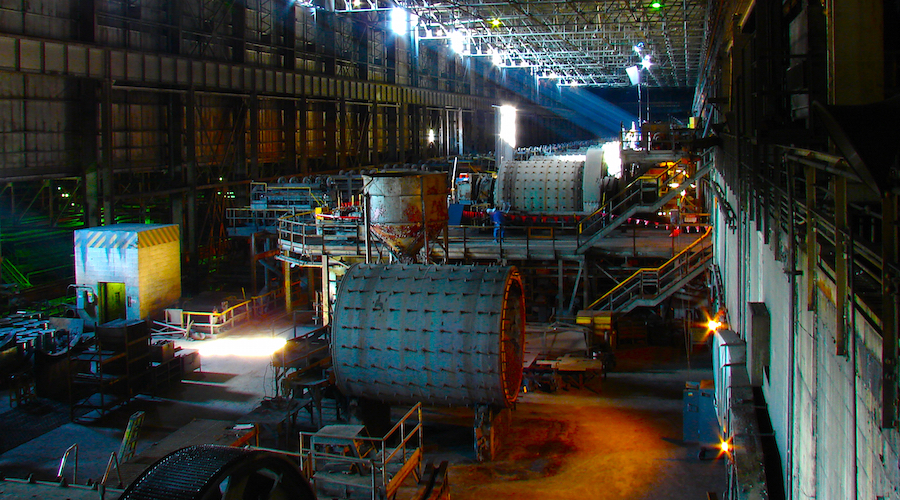
A federal judge on Tuesday dismissed a challenge to the US Environmental Protection Agency’s (EPA) oversight of a National Pollutant Discharge Elimination System water quality permit issued to Poly Met Mining Inc., a wholly-owned subsidiary of PolyMet Mining Corp. (TSX: POM) (NYSE: PLM).
The challenge, filed in September 2019 by the Fond du Lac Band of Lake Superior Chippewa in U.S. District Court in Minneapolis, had argued that EPA should have objected to PolyMet’s permit before it was issued. But Judge Patrick J. Schiltz held that it had no jurisdiction to review EPA’s oversight role, and so dismissed the Band’s claim, PolyMet said in a media release.
PolyMet owns 100% of the NorthMet Project, the first large-scale project to be permitted within the Duluth Complex in northeastern Minnesota, one of the world’s major, undeveloped mining regions.
The decision ends the only federal court challenge to PolyMet’s water quality permit.
NorthMet comprises 290 million tonnes of proven and probable reserves grading 0.288% copper and 0.083% nickel and marketable reserves of palladium, cobalt, platinum and gold. It would be Minnesota’s first copper-nickel mine.
When operational, NorthMet will become one of the leading producers of nickel, palladium and cobalt in the US, Polymet said, providing a responsibly mined source of critical metals.
The decision ends the only federal court challenge to PolyMet’s water quality permit. However, PolyMet continues to litigate that permit in the Minnesota Court of Appeals, in part to defend a favourable Ramsey County District Court decision last fall finding that the permit was not the result of procedural irregularities.
The federal court’s decision separately allowed the Band to proceed with claims that EPA should have notified the Band about the PolyMet project’s potential to affect the Band’s reservation, which lies 70 miles downstream. The Minnesota Pollution Control Agency has said that the project will have no effect that far downstream.
2 Comments
cacarr
Ok, so how many more court issues are there?
Chuck
“…one of the world’s major, undeveloped mining regions” — or what we call, the pristine Boundary Waters and Superior National Forest. Our natural resources must remain free of pollutants and destruction caused by mining.